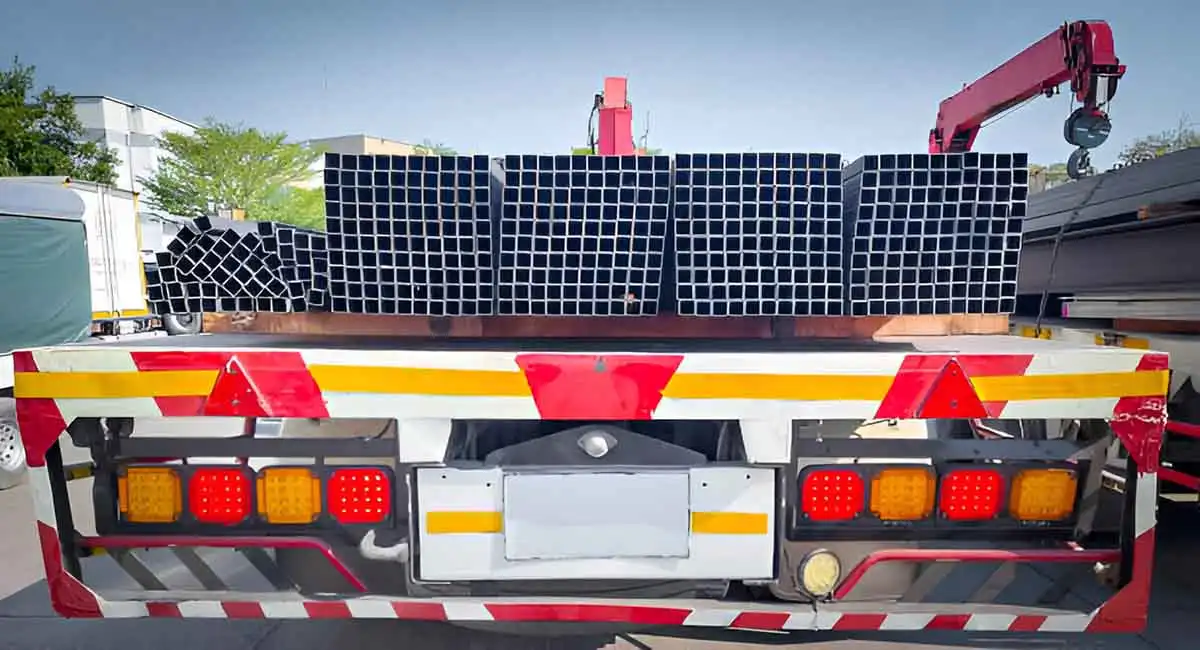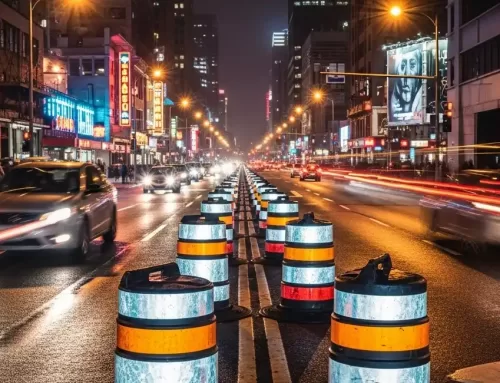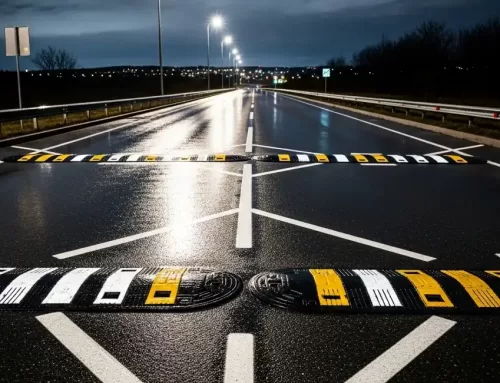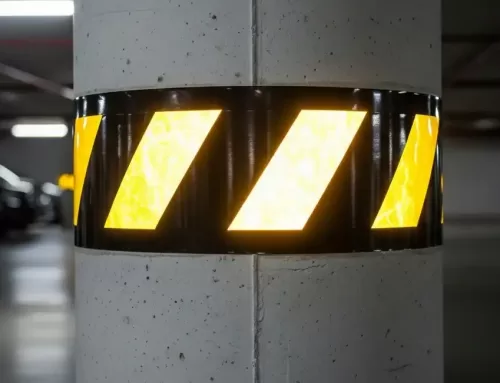What are the problems and advantages of prismsatic reflective sheeting?

Technical field:
The utility model belongs to the technical field of reflective molds, and relates to a reflective film, in particular to a prismatic reflective film.
The following introduces the uses of engineering-grade, high-strength and diamond-grade reflective films:
1. Engineering-grade reflective film
Engineering-grade reflective film is suitable for traffic signs on general roads, that is, the usual first-level, second-level, third-level, and fourth-level roads and temporary signs.
Commonly used as: road signs; prohibition signs, warning signs and instruction signs, as well as ordinary advertising signs. Various patterns can be made using the same type of ink and screen printing technology. Its lifespan is generally 3 to 7 years.
2. High-strength reflective film
High-strength reflective film has been successfully used to make traffic signs. Even if the sign is at a larger angle and in bright areas, the high-strength reflective film makes the sign clearly visible, effectively warning the driver of dangerous conditions on the road ahead.High-strength reflective film is suitable for traffic signs on general roads, that is, the usual highways, first-level, second-level, third-level, and fourth-level roads and temporary signs.
Commonly used for: road signs; prohibition signs, warning signs and instruction signs, as well as ordinary advertising signs. Its service life is generally 10 years. Under normal use conditions, the retroreflection coefficient retention value after 10 years is at least 80% of the initial retroreflection coefficient value.
3. Diamond-grade reflective film Diamond-grade reflective film is suitable for traffic signs on high-grade highways and urban roads.
Mainly used for: road signs, prohibition signs, warning signs and instruction signs. Various patterns can be made using the same type of ink and screen printing technology. Its service life is generally 10 years. Under normal use conditions, the retroreflection coefficient retention value after 10 years is at least 80% of the initial retroreflection coefficient.
The three major technical difficulties in producing reflective film are materials, equipment and processes.

The main materials of reflective film, resin, pigment, and glass beads, have a crucial impact on the performance of reflective film. Among them, the resin should have good coating, adhesion, compatibility and weather resistance, and the resin of the surface layer and focusing layer must also have good light transmittance. For pigments, they must be bright in color, stable in hue, highly transparent and compatible with resin. The particle size of glass beads is only 35 to 90 μm, which is much thinner than human hair; the particle size is required to be round, the devitrification rate is low, and the refractive index and particle size distribution rate are high.
The structure of reflective film is divided into three types: lens embedding type, sealed capsule type and micro-prism type.
- The structure of super engineering grade, engineering grade and economic grade reflective film is lens embedding type
- The structure of high-strength reflective film is sealed capsule type
- The structure of diamond-grade reflective film is micro-prism type.
After each microcrystalline cube of diamond-grade reflective film is combined and arranged, there will be more than 930 microcrystalline cubic corner bodies on a square centimeter of material area. The lower layer of the microcrystalline cubic corner body is sealed to form an air layer, so that the incident light forms internal total reflection, so that the best reflective effect can be achieved without the help of a metal reflective layer. Compared with traditional engineering-grade and high-intensity reflective films, diamond-grade reflective film made of high-hardness, wear-resistant polycarbonate material and microcrystalline cube technology not only has doubled reflective performance, but also greatly improved wide-angle performance. However, the production yield of existing diamond-grade reflective film is low, and the existing diamond-grade reflective film structure makes the reflective efficiency of the reflective film low.





